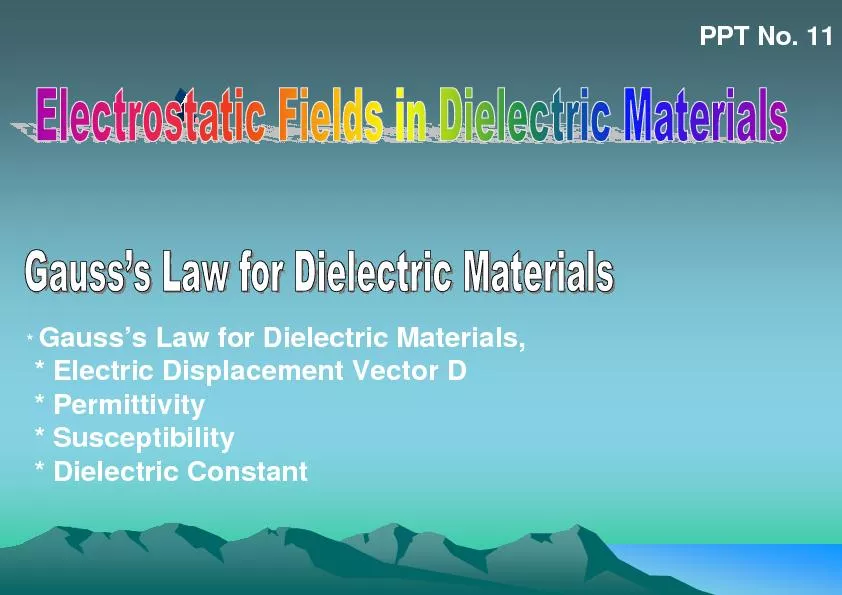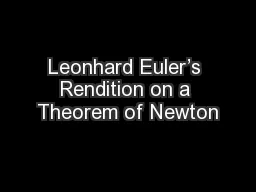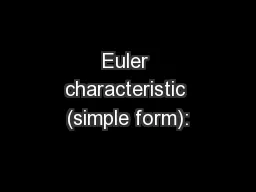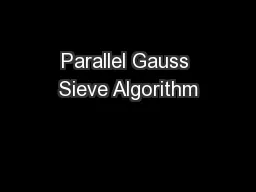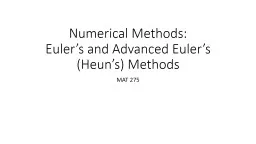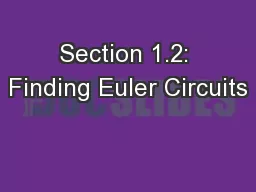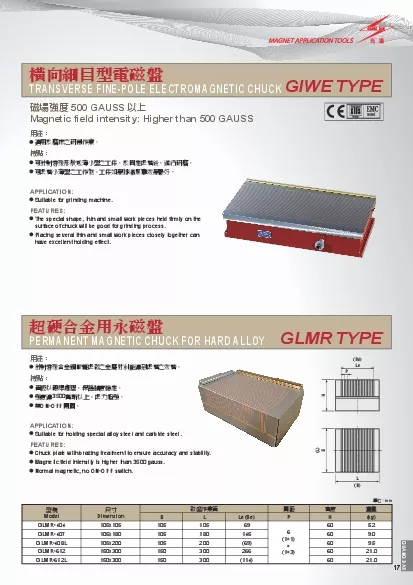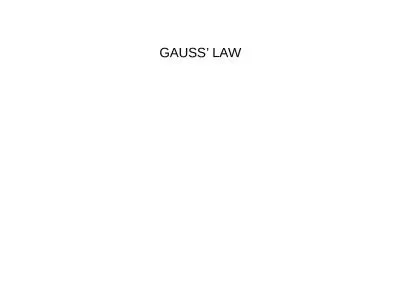PPT-GAUSS VS EULER
Author : pasty-toler | Published Date : 2016-03-25
Leonhard Euler Basel Switzerland 15 April 1707 St Petersburg Russia 18 September 1783 He was a Swiss mathematician and physicist This is the main eighteenth
Presentation Embed Code
Download Presentation
Download Presentation The PPT/PDF document "GAUSS VS EULER" is the property of its rightful owner. Permission is granted to download and print the materials on this website for personal, non-commercial use only, and to display it on your personal computer provided you do not modify the materials and that you retain all copyright notices contained in the materials. By downloading content from our website, you accept the terms of this agreement.
GAUSS VS EULER: Transcript
Download Rules Of Document
"GAUSS VS EULER"The content belongs to its owner. You may download and print it for personal use, without modification, and keep all copyright notices. By downloading, you agree to these terms.
Related Documents


